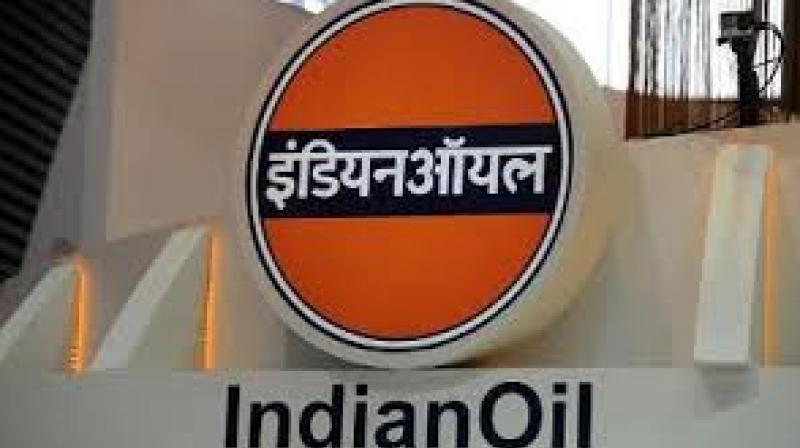Indian Oil plans USD 22 billion expansion over five years
IOC processed a record 1.38 million bpd crude at its directly owned plants in 2017-18.

New Delhi: Indian Oil Corp plans to invest 1.43 trillion rupees ($22 billion) in next five years as the country’s top refiner seeks to raise its annual capacity to about 3.2 million barrels per day by 2030, its head of refineries said on Saturday.
Refiners in India, the world’s third-biggest oil consumer and importer, have sketched out plans to raise their capacity by 77 per cent to about 8.8 million bpd by 2030 to meet the country’s rising fuel demand.
India is emerging as one of the global drivers for refined fuels consumption as its economic expansion and rising industrial activity yields infrastructure improvements and increased energy access for commercial and retail consumers.
“There is a need for us to enhance our capacity to meet the future demand and enhance our capacity ... We have already made our plans for investment of 1.06 trillion rupees,” B. V. Rama Gopal told a news conference.
He said board approval was yet to be obtained for 365 billion investment aimed at raising capacity of its Guwahati and Bongaigaon refineries in the northeast and Paradip plant in eastern Odisha state.
“We are going to enhance capacity in terms of crude processing and fuel specification,” Rama Gopal said, as India plans a nationwide roll out of Euro-VI compliant fuels in the country from April 2020.
IOC’s current capacity stands at about 1.62 million bpd including 230,00 bpd controlled by its subsidiary Chennai Petroleum Corp.
IOC processed a record 1.38 million bpd crude at its directly owned plants in 2017-18 mainly due to higher runs at its refineries in Paradip, which was commissioned in 2015, and at Bongaigaon, Guwahati and Digboi in the northeast.
Plants in land-locked northeastern India, with a combined capacity of about 80,000 bpd, for the first time operated at full capacity as the company began supplying low sulphur crude imported at Paradip through pipelines and by road.
Traditionally the northeastern refineries were using local crude, supplies of which have declined.
IOC is gradually building its portfolio of alternative fuels such as solar and production of ethanol, as well as boosting its petrochemical production.
“We don’t want to remain a refining company alone ... in addition to refining we will be venturing out in different areas like petrochemicals and alternate fuels,” he said.

